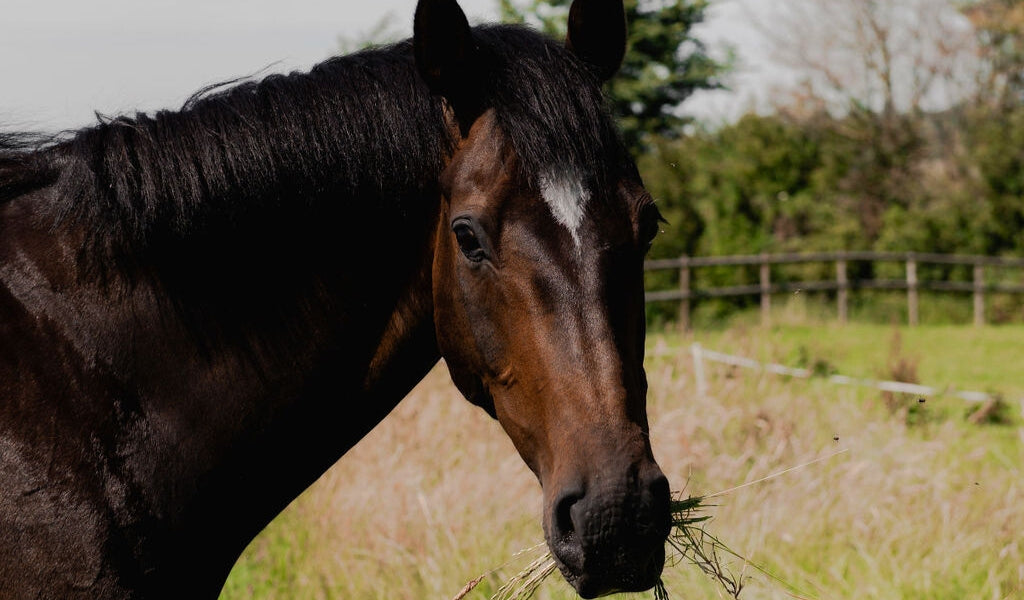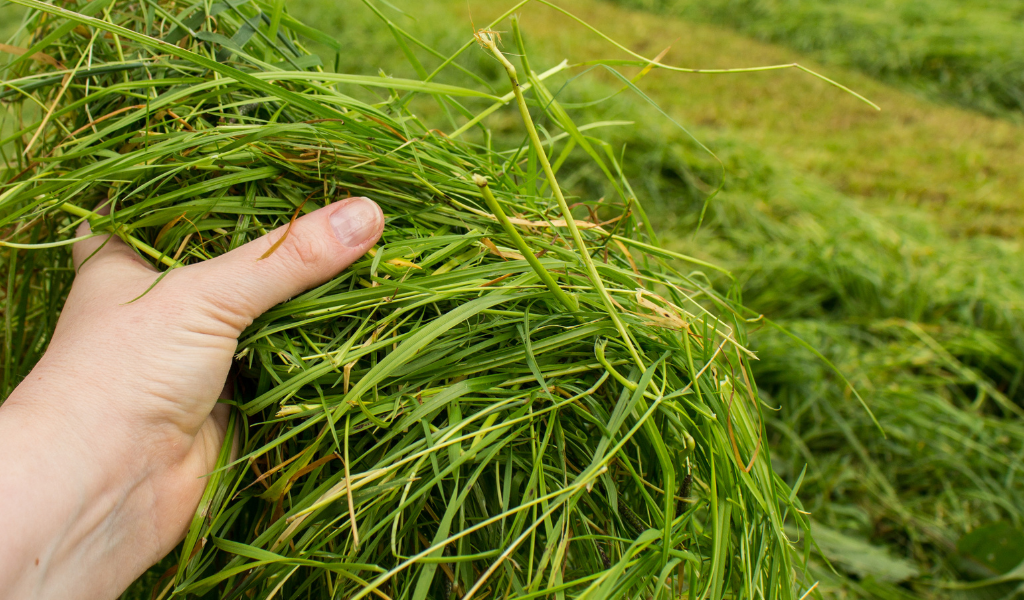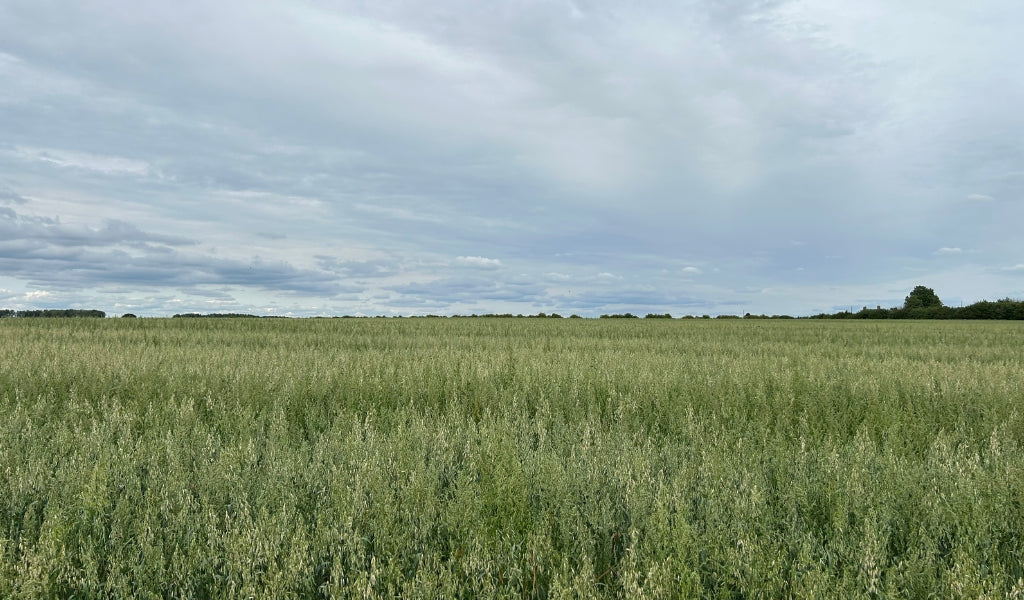Every horse owner knows that good health starts from the inside out. What we often can’t see, though, is just how much depends on the gut and the incredible network of microbes that live there. These tiny helpers break down fibre, release nutrients, and support everything from energy levels to behaviour.
At microbz, we focus on supporting that unseen community, helping your horse’s gut stay strong, balanced, and ready to thrive.
The hidden world inside your horse
Horses are hindgut fermenters, meaning that much of their digestion happens in the large intestine, specifically the cecum and colon. This is where billions of microbes work together to turn fibrous forage into fuel. Without them, your horse wouldn’t be able to unlock the energy stored in grass and hay.
When this microbial community is healthy and balanced, your horse can maintain good condition, steady energy, strong immunity and even a calm temperament. But when it’s out of balance, the effects can ripple through digestion, behaviour, and overall well-being.
At microbz, we believe that nurturing this internal microbial world is one of the most powerful steps you can take to support your horse’s health and resilience.
The microbial engine of the hindgut
Inside the hindgut lives a diverse community of bacteria, fungi, protozoa, even viruses, all working together to ferment plant fibre. This process produces valuable compounds called volatile fatty acids (VFAs), such as acetate, propionate, and butyrate, which horses absorb and use as an energy source. These microbes also create vitamins like B-vitamins and vitamin K, and help maintain a healthy, stable environment in the gut.
Because horses don’t have the enzymes to digest fibre on their own, they rely entirely on these microbes. Research shows that each part of the hindgut hosts its own unique community that is central to equine digestion.
A paper published in Nature showed that the microbial communities in the cecum and colon differ from those in other parts of the digestive tract. This highlights that each section of the hindgut supports its own distinct microbial community. The research also showed that the hindgut makes up approximately 62% of the horse's total gastrointestinal volume, a clear reminder of just how important it is to a horse's unique digestive design.
From soil to gut: the connection beneath their hooves
The health of a horse's gut begins in the soil beneath its hooves.
Healthy pastures are teeming with their own microbial networks that help plants draw up trace minerals and develop a rich, protective microbial coating. When soils lose this diversity, often through overgrazing, compaction, or heavy chemical use, the grasses become less varied and less nutritionally complex.
Rebuilding soil biology is one of the most natural and effective ways to support your horse’s overall health. Resting paddocks, reducing chemical inputs, and using microbial soil treatments can help restore that living web from the ground up. At microbz, we see soil, plant, animal and human gut health as part of one connected story, each layer supporting the next.
Just as the soil shapes the health of the pasture, diet shapes the microbial landscape inside the horse. Studies show that forage-based diets promote greater microbial richness and stability in the hindgut compared to those on a higher starch or concentrate diet. Keeping the diet fibre-rich and consistent helps maintain a stable, thriving microbial community and a healthier, happier horse (Weinert-Nelson & Williams, 2023).
When the balance breaks down
When the microbial community in the hindgut becomes disrupted, known as dysbiosis, the effects can be far-reaching. The most obvious signs often appear in digestion: loose droppings, diarrhoea, bloating, or constipation. If acid-producing bacteria begin to dominate, hindgut acidosis can develop, damaging the intestinal lining and making the horse uncomfortable or even unwell.
But the impact doesn’t stop there. The gut microbiome plays a vital role in immunity, metabolism, and overall resilience. When balance is lost, the gut wall can become more permeable, allowing unwanted particles to pass into the bloodstream, a condition sometimes referred to as leaky gut. This can trigger inflammation, allergies, reduced nutrient absorption, and lowered resistance to stress and illness.
Emerging research is also revealing just how deeply gut health connects with other systems in the body. In one recent Nature study, Li et al (2025), found that racehorses with higher levels of butyrate-producing bacteria performed better, thanks to the way microbial butyrate influences muscle fibre development and mitochondrial activity. The researchers proposed a ‘gut–muscle axis’, a fascinating new link between microbial health and physical performance.
Similarly, studies on endurance horses have shown that those with a greater abundance of fibrolytic and cellulolytic microbes, the species that efficiently break down fibre, produce more beneficial compounds like propionate and butyrate. These horses tended to have a more stable gut environment and better resilience under race conditions (Plancade et al., 2019).
Together, these findings highlight just how essential a balanced microbial community is, not only for digestion, but for energy, performance, and the horse’s overall vitality.
Early life in foals and the power of microbial beginnings
A healthy microbiome starts early.
Studies have shown that foals raised in more natural environments, with access to pasture and varied microbial exposure, develop richer, more balanced gut communities. This early microbial diversity helps build resilience for life. Supporting gut health from the start can set the foundation for stronger digestion, immunity and temperament as foals grow (Tavenner, McDonnell & Biddle, 2020).
How probiotic support makes sense
Because horses depend so much on their internal microbes, it makes sense to support that community, especially during times of change or stress.
Microbz Horse Nutrition is a living, multi-strain fermented liquid made here in the UK for horses and foals. It provides a community of beneficial microbes along with the organic acids and nutrients they produce during fermentation. Unlike powdered or dried probiotics, this liquid delivers both the microbes and their byproducts, giving a natural boost to gut balance and resilience.
Owners often tell us they notice small but meaningful shifts: more consistent droppings, calmer behaviour, a brighter coat, and improved condition. While research is still emerging, the combination of introducing beneficial microbes to the gut and forage makes probiotic support a natural choice in many management plans.
When to offer microbial support
There are key times when the gut may benefit most from extra microbial help:
• When changing forage or pasture types
• During and after travel, transport, or yard changes
• After treatments or medication that may affect gut flora
• During growth phases, ageing, or conditioning changes
• When pastures are lower in microbial or nutritional quality
During these times, microbial support can help the gut stay stable, buffer pH, and maintain smooth fermentation.
Management comes first, microbes are your partner
No supplement replaces good management. Consistent turnout, access to forage, gradual diet transitions, clean water, dental care and movement remain the cornerstones of equine health.
When these essentials are in place, adding living microbes is like strengthening the foundation, helping your horse stay balanced, resilient and ready to thrive.
And because everything begins in the soil, you might also explore our Soil Conditioner and Foliar feed to help restore microbial life to pastures and paddocks. Health, after all, is a circle from soil to grass to horse, and back again.
References
Weinert-Nelson, J. & Williams, C. (2023) The equine hindgut microbiome. Cooperative Extension Bulletin E375, Rutgers NJAES. Available at: https://njaes.rutgers.edu/e375/.
Plancade, S., Clark, A., Philippe, C., Helbling, J.C., Moisan, M.-P., Esquerré, D., Le Moyec, L., Robert, C., Barrey, E. & Mach, N. (2019) ‘Unraveling the effects of the gut microbiota composition and function on horse endurance physiology’, Scientific Reports, 9, Article 9620. Available at: https://www.nature.com/articles/s41598-019-46118-7.
Li, C., Li, X., Liu, K., Xu, J., Yu, J., Liu, Z., Mach, N., Ni, W., Liu, C., Zhou, P., Wang, L. & Hu, S. (2025) ‘Multiomic analysis of different horse breeds reveals that gut microbial butyrate enhances racehorse athletic performance’, npj Biofilms and Microbiomes, 11, Article 87. Available at: https://www.nature.com/articles/s41522-025-00730-w
Tavenner, M. K., McDonnell, S. M. & Biddle, A. S. (2020) ‘Development of the equine hindgut microbiome in semi-feral and domestic conventionally-managed foals’, Animal Microbiome, 2, Article 43. Available at: https://animalmicrobiome.biomedcentral.com/articles/10.1186/s42523-020-00060-6 (Accessed: 17 October 2025).



